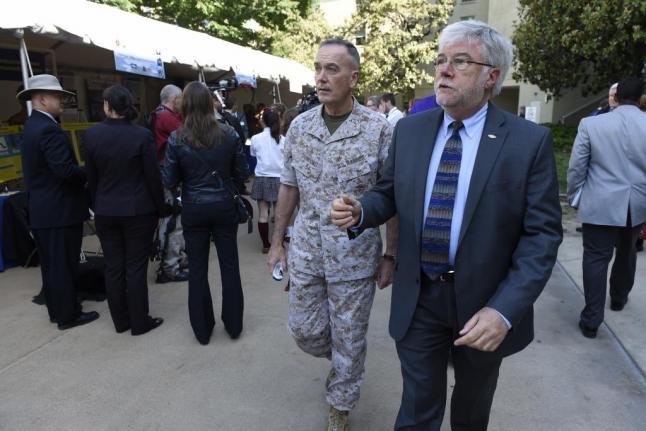
Naval Research Lab Previews New Body Armor

WASHINGTON, May 15 (UPI) — New lightweight and flexible body armor has been developed at the U.S. Naval Research Laboratory to replace existing enhanced small-arms protective inserts.
The armor displayed at a Department of Defense Lab Day at the Pentagon on Thursday comes in two variants: a fabric for the torso that resembles dimpled foam rubber, and an insert of interlocking pieces that lock up into a solid piece upon impact, the Department of Defense said.
Using both would provide torso protection, while the insert could be used in a warfighter’s back vest panel to shield the spine from damage.
“You hear stories about troops who won’t wear their armor because it’s both heavy and it is very restrictive,” Gamache said. “This is like wearing a fabric, (and) it’s loose,” he said of the material that resembles dimpled foam rubber.
Medium-sized enhanced small arms protective inserts weigh more than five pounds. The new materials are two pounds lighter.
The protection from bullets and fragmentation in the new armor comes from the use of tiny spheres of boron carbide and silicon carbide.
“The beauty of it [the new body armor] is no matter what your body contorts into, you’ll always have the same amount of protection. With this technology, we’re trying to essentially make lighter, more compliant materials that people will be willing to wear [that] still gives equivalent protection,” Gamache said. “And that’s the bottom line.”
The armor, which could be deployed in 2016, is suitable for wear in all climatic conditions.





